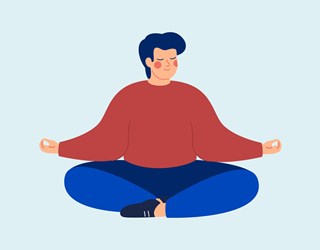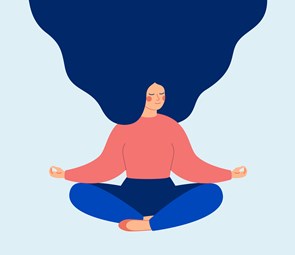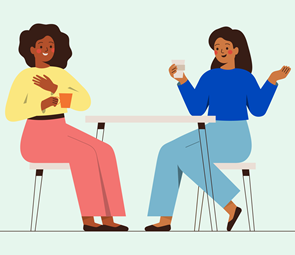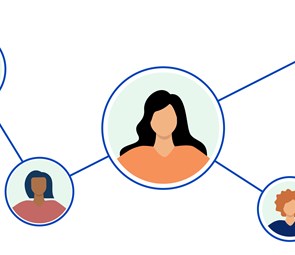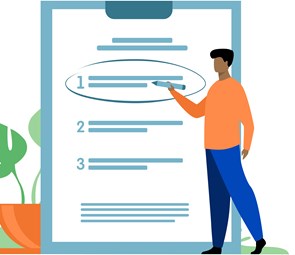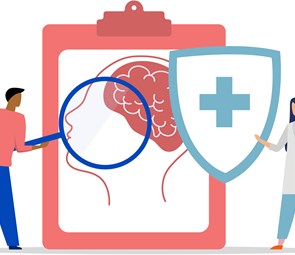A guide to meditation for teachers and education staff
Meditation is a useful tool that can profoundly affect your sense of wellbeing. The good news is that it doesn’t have to take hours.
In this guide we have broken down the benefits of meditation – backed up by science – and a few different types you can consider trying.
Guides / 11 mins read
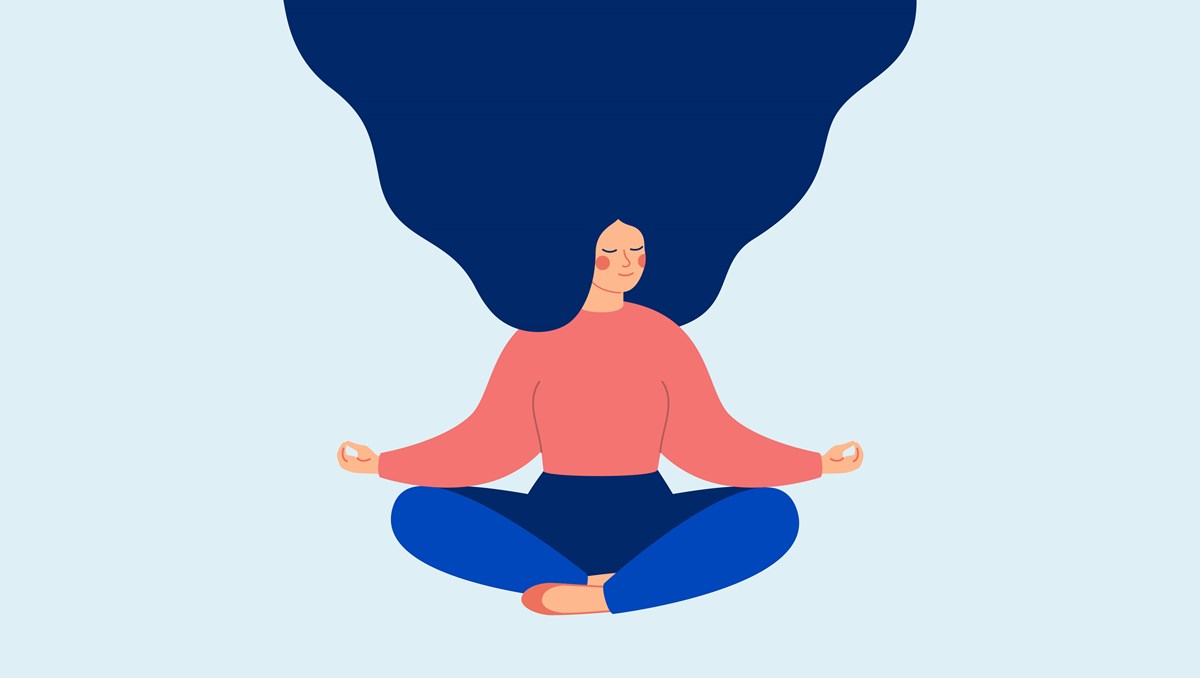
Our annual Teacher Wellbeing Index tells us stress is incredibly high among senior leaders, teachers and education staff. And while it is clear that the well documented drivers of stress in the system need to be removed, it can be helpful to know how to protect yourself.
In 2024
78%
of teachers told us they were stressed
84%
of school leaders described themselves as stressed
One thing you can do to protect yourself from the potential harm caused by stress is meditate.
Meditation is a useful tool that can profoundly affect your sense of wellbeing. And the good news is that it doesn’t have to take hours!
Download our guide below where we have broken down the benefits of meditation – backed up by science – and a few different types you might want to consider trying.
We also explore the connection between meditation and breathing. With simple but effective breathing techniques provided by The Zen Project, a social enterprise working with schools, colleagues and universities to reduce stress and ease anxiety.
Download our guide
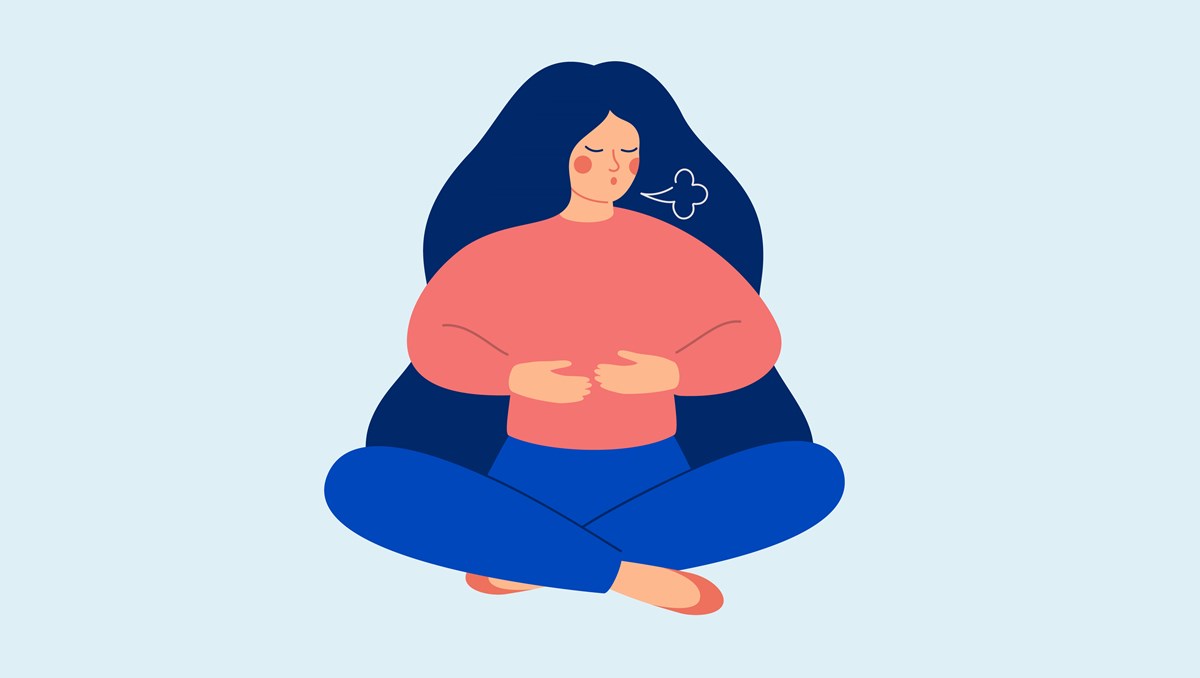
Don’t wait for a crisis to call.
We’ll offer you immediate, emotional support.
08000 562 561
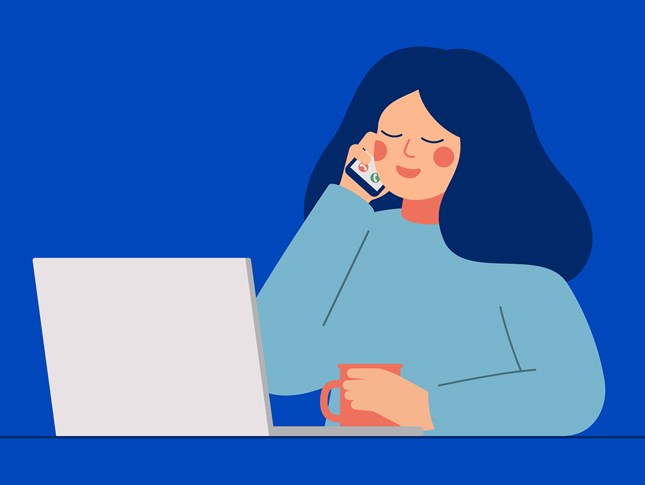
Sign up to our newsletter for the latest mental heath and wellbeing resources, news and events straight to your inbox.


